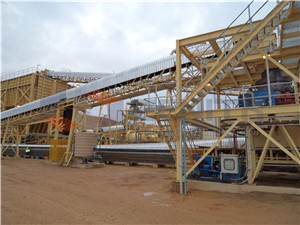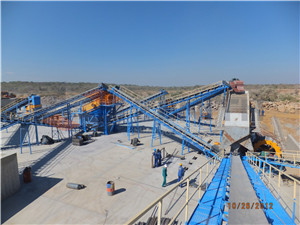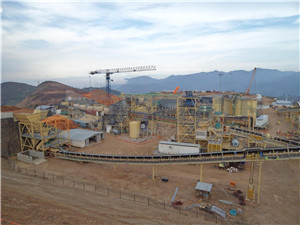
 Products Center
Products Center
 Stone Crusher
Stone Crusher
 Grinding Mill
Grinding Mill
 Optional Equipment
Optional Equipment
 Mobile Crusher
Mobile Crusher
 Knowledge Hall
Knowledge Hall
 Crushers FAQ
Crushers FAQ
 Grinding Mills FAQ
Grinding Mills FAQ
 Mining Equipments
Mining Equipments
 Solution
Solution
 Stone Crushing
Stone Crushing
 Sand Making
Sand Making
 Ore Processing
Ore Processing
 Grinding Plant
Grinding Plant
 Construction Building Material
Construction Building Material
subbituminous coal typically contains 35-45% carbon.

Subbituminous and bituminous coal dominate …
While almost all coal consumed in the United States is used to generate electricity (90% in 2010), coal is not entirely homogeneous. Coal is classified into four ...

Coal - Wikipedia, the free encyclopedia
Hilt's law is a geological term that states that, in a small area, the deeper the coal, the higher its rank (grade). The law holds true if the thermal gradient is ...

Fossil-fuel power station - Wikipedia, the free …
Basic concepts . In a fossil fuel power plant the chemical energy stored in fossil fuels such as coal, fuel oil, natural gas or oil shale and oxygen of the air is ...

Coal Takes Millions of Years To Create - Lehigh University
Types of Coal Coal is classified into four main types, or ranks (anthracite, bituminous, subbituminous, and lignite), depending on the amounts and types of carbon it

China - Analysis - U.S. Energy Information …
U.S. States. State energy information, including overviews, rankings, data, and analyses. Maps. Maps by energy source and topic, includes forecast maps.

Fuels -- Coal - World of Molecules
What is in coal, ... What is Coal? Coal is a fossil fuel extracted from the ground by mining.

coal mining information,coal mining …
ALL ABOUT COAL. COAL Coal is a combustible black or brownish-black sedimentary rock that is in layers, called coal beds or coal seams. The term "coal" is to describe ...

Types of Coal - Kentucky Educational Television
We use the term "coal" to describe a variety of fossilized plant materials, but no two coals are exactly alike. Heating value, ash melting temperature, sulfur and ...

Coal Mining 101 | The WV Coal Seam
Room and pillar mining is defined by the fact that portions of the coal seam being extracted are left in place to support the roof of the mine.

Coal Bottom Ash/Boiler Slag - Material …
Chemical Properties. Bottom ash and boiler slag are composed principally of silica, alumina, and iron, with smaller percentages of calcium, magnesium, sulfates, and ...
- Last Product: coal and lignite
- Next Product: nickel ore floatation machines